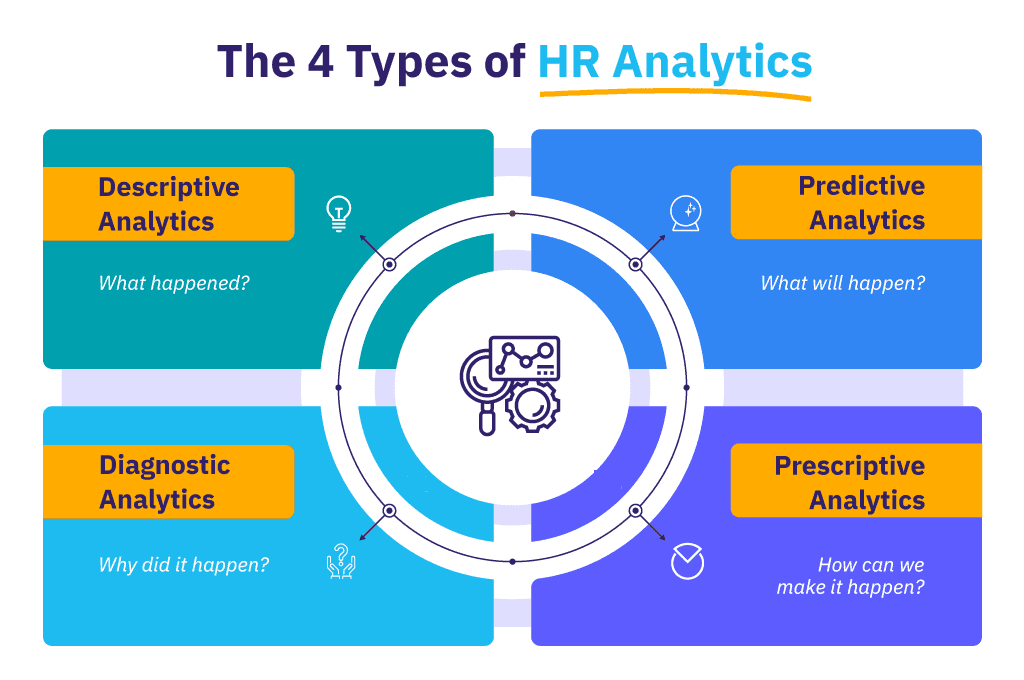Human resources analytics is the process of using data analysis techniques to gain insights into various aspects of an organization’s workforce, such as employee performance, productivity, and retention. This approach involves gathering data from various sources such as employee surveys, payroll records, and performance evaluations, and then using statistical analysis and modeling techniques to identify trends, patterns, and correlations.
The goal of human resources analytics is to help organizations make data-driven decisions related to their workforce, such as identifying areas where performance can be improved, predicting future workforce needs, and designing more effective talent management strategies. This approach can help organizations improve employee engagement, reduce turnover, and increase overall productivity and profitability.
Human resources (HR) analytics is the process of using data and statistical methods to gain insights and make informed decisions about various HR functions. There are four main types of HR analytics that organizations use to improve their HR processes and outcomes:

1. Descriptive Analytics
This type of HR analytics provides information about what has already happened in the past. It helps HR professionals to understand trends, patterns, and relationships within their organization. Descriptive analytics can be used to answer questions such as “How many employees were hired in the last quarter?” or “What is the turnover rate for a specific department?”
2. Diagnostic Analytics
This type of HR analytics is used to identify the root causes of problems or issues. Diagnostic analytics helps HR professionals to understand why certain events or trends are occurring within their organization. For example, it can be used to answer questions such as “Why is the turnover rate higher in one department compared to others?” or “Why are some employees taking more sick leave than others?”
3. Predictive Analytics
This type of HR analytics uses statistical models and machine learning algorithms to forecast future outcomes. Predictive analytics can be used to answer questions such as “What will be the turnover rate in the next six months?” or “What is the likelihood of an employee leaving the company?”
4. Prescriptive Analytics
This type of HR analytics involves using data and analytics to suggest actions or strategies to improve HR outcomes. Prescriptive analytics can be used to answer questions such as “What interventions can be implemented to reduce employee turnover?” or “What training programs should be offered to increase employee productivity?”
By using these four types of HR analytics, organizations can gain insights into their workforce and make data-driven decisions to improve their HR outcomes.





